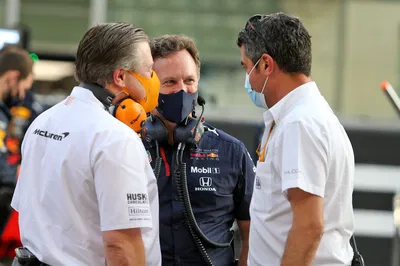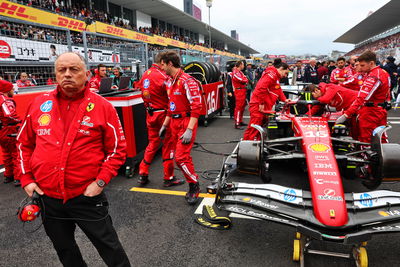What to expect from F1’s first pre-season test at Barcelona?
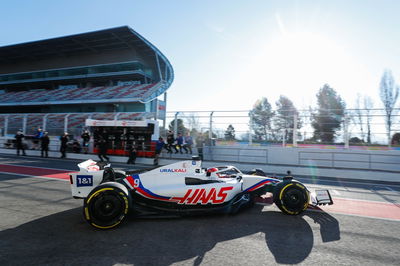
The opening 2022 pre-season test is one of the most eagerly-anticipated in years, with huge hype surrounding F1’s revolutionary rules shake-up and brand new cars, marking one of the biggest technical overhauls of all-time.
Despite considerable interest surrounding the new cars, the first time they will run on track together will be behind closed doors with no live timing or television coverage.
With no fans in attendance, F1 is treating the 23-25 February test as effectively being an extended shakedown session, before a second three-day event in Bahrain - which will be broadcast - takes place between 10-12 March.
Crash.net will be on the ground in Spain to keep you up to date with all the action from the first three days of running.
Here’s what to expect from the opening pre-season test of 2022.
A better look at F1 2022
The cars are expected to look different to the ones that were revealed at each team’s respective launch event after it soon became clear that teams were wanting to keep their cards close to their chest.
Aston Martin, McLaren, Ferrari, Williams and Mercedes have all shown off their actual 2022 car - or at least an early version of it - unlike Haas, AlphaTauri, Red Bull and Alpine, who decided to release digital renders or launch a showcar for their respective events.

Red Bull has been the most secretive about its 2022 concept, with only blurry, poor quality images coming out of a recent private shakedown at Silverstone, while the Haas VF-22 looked notably different to the early renderings when it emerged on track for the first time on Monday.
Alfa Romeo will run its C42 challenger in an interim camouflage livery for the opening test, before unveiling its 2022 colours on Sunday.
Teams anticipated that their rivals would conceal certain design elements. As a result, it is likely the cars will change somewhat from the initial launch-spec at the first test and continue to evolve further before the first race in Bahrain on March 20.
“I'm pretty confident people are going to turn up at the first test with an interesting range of interpretations of the regulations,” said AlphaTauri technical director Jody Egginton.
“This will provoke discussion and investigation of possible development directions for all the teams' in-season development plans.”
Crucial run programmes
With just six days of running - the equivalent of three days per driver - before the new season gets underway, it will be vital for the teams to get through their programmes as smoothly as possible.
While lap times should always be taken with a pinch of salt and ultimately count for nothing at testing, strong reliability and lots of mileage is usually a sign that a team is in good shape heading into the first race.
The first three days of running will be key for the drivers to familiarise themselves with their new cars, while enabling the teams to gather vital data about how the car is performing and practice different set-ups.
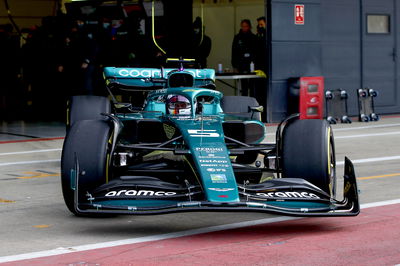
First proper real-world track running will be crucial for the teams to understand how their new challengers and aerodynamic concepts are working, and if they correlate with expectations and predictions from the extensive simulations amassed over the winter.
“Our objectives in Barcelona are to understand the new car and to learn how to optimise it for the range of tracks that we will visit this season,” said Dave Robson, head of vehicle performance at Williams.
"We will also explore the performance potential of the new aerodynamic package and begin the key process of correlating the on-track performance to the wind tunnel predictions.
“We are quite accustomed to testing in Barcelona in February and we know that the overall performance of the car in these conditions is not very representative of most circuits that we will encounter over the next nine months.
“Therefore, we will be looking to understand the potential of the car and how it responds to changes that we make, gathering data and knowledge that we can call upon during the season.”
The first test of F1’s new rules?
As well as levelling the playing field and creating more competition, another aim of the new generation of F1 cars was to produce better racing to improve the on-track spectacle.
The 2022 F1 rules are specifically intended to make overtaking easier by reducing the turbulent flow felt by the following car, which made staying close to the car in front incredibly difficult.
While there have been positive noises coming from F1, others have indicated some doubts about how successful the new rules will be.
Ferrari team principal Mattia Binotto warned it is “very difficult to judge” at such an early stage with only simulations to rely on.
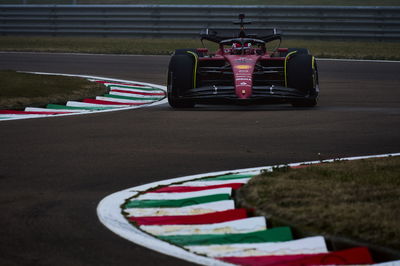
“We need to wait to see on track,” he said. “All we have is simulation and wind tunnel data. It’s very difficult to judge.
“The cars are developing quite a big amount of downforce and performance so I’m expecting not so many differences from last year – but I could be completely wrong. Only the track can tell us.”
And Mercedes team boss Toto Wolff is also cautious about reading too much into early predictions.
"The truth is, I have no idea the concept of the car aerodynamically is fundamentally different to what we have known,” he said.
“Only when we race each other, we will see whether that has become easier or not. I think whoever predicts at that stage that overtaking is going to be easier is bold."
The Barcelona test will provide the teams and drivers with their first opportunity to test this out by purposely running directly behind a rival’s car to simulate a race environment.
This is how Ferrari’s Carlos Sainz hopes to get a clearer picture of the situation.
“At the circuit we can evaluate it,” he explained. “Maybe we’ll run behind other cars just to see how it feels.”
